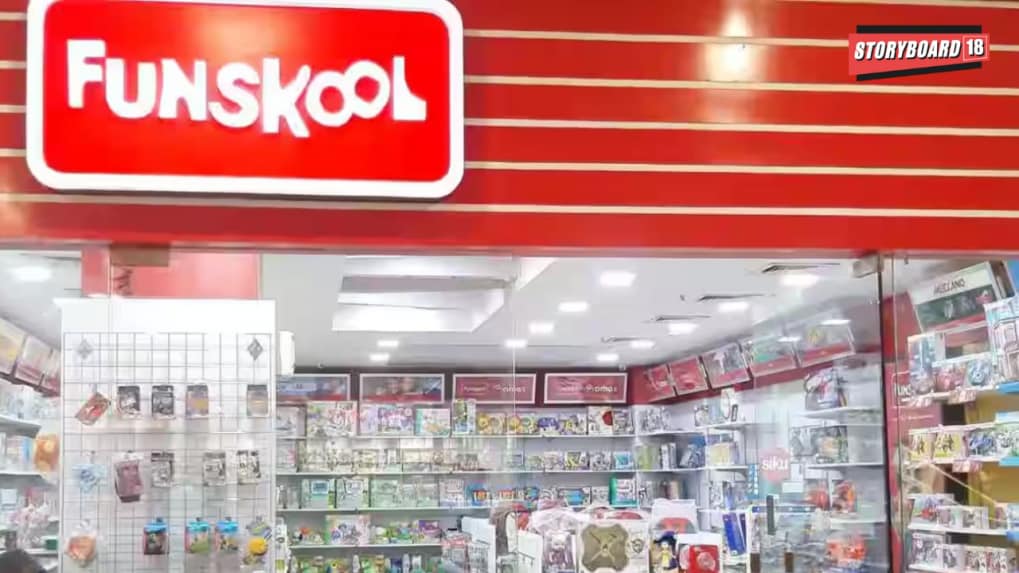From Imports to 'Make in India': How Funskool is riding India's toy policy wave
Government policy has also reshaped the sourcing landscape, as no Chinese toy factory has secured BIS certification, China’s dominance has eroded sharply. According to K.A.Shabir, CEO of Funskool, these moves have given a multi-fold boost to domestic manufacturing and elevated product quality.
ADVERTISEMENT
India’s toy industry is undergoing a significant transformation, powered by a combination of government intervention, evolving consumer behavior and smarter retail and marketing strategies. At the heart of this resurgence is the central government’s targeted policy push from enforcing BIS certification and launching PLI schemes to developing toy clusters and hiking customs duties on imports.
According to K.A.Shabir, CEO of Funskool, these moves have given a multi-fold boost to domestic manufacturing and elevated product quality. “BIS certification has ensured that Indian toys meet the latest safety and quality benchmarks. It’s encouraged manufacturing within India, resulting in better-quality products at more reasonable prices. More importantly, even global toy giants have started shifting manufacturing to India,” K.A.Shabir told Storyboard18.
Government policy has also reshaped the sourcing landscape, as no Chinese toy factory has secured BIS certification, China’s dominance has eroded sharply. Sourcing has shifted to countries like Vietnam and Indonesia, and many global IPs like the Rubik’s Cube are now locally produced.
Funskool, for instance, has grown into a fully integrated toy company, handling design, engineering, production and distribution in-house. “We used to import Rubik’s earlier. Now we manufacture them in India,” Shabir claimed.
However, the company emphasizes that for India to truly become a global toy powerhouse, additional policy support is needed, especially in areas like toy design education and electronics manufacturing.
India still lacks sufficient design electives in institutes, and the sector remains heavily dependent on imported electronics. Still, there’s growing confidence that India, with its disciplined workforce and logistical advantages, can evolve into a global toy manufacturing hub within the next 5–10 years, provided export incentives and subsidies are aligned to make the country price competitive globally.
Digital-first marketing
When it comes to marketing, Funskool spends only 4% of its domestic revenue on advertising, with 70% of that going to digital platforms. Campaigns have shifted from television to mobile-first formats, with heavy investments in Amazon ads, YouTube content and influencer marketing. Yet, brands face a key challenge of reaching children under 13 on social media is restricted, making parents the primary target audience.
Retail landscape
On the retail front, there’s been a dramatic shift. General trade is making a comeback as Funskool accounts for 40–45% of sales. Modern trade, on the other hand, is shrinking, with several department stores exiting the toy category altogether. Toy specialist stores are also struggling, limited by BIS and import constraints that reduce product variety. Meanwhile, online channels, especially quick commerce platforms like Blinkit, Zepto and Swiggy Instamart are growing rapidly. “If e-commerce is 100, quick commerce is already 60,” Shabir explained. “Today’s consumer wants speed—even for toys.”
Funskool’s category-wise revenue reveals key focus areas with preschool toys under the Giggles brand and licensed games each contribute 35% to the topline. Fundough, aimed at 3–5-year-olds, adds 11%, followed by handicrafts (10%), puzzles (4%) and other products (5%). The brand’s strategy combines building proprietary IPs in early-learning with bringing global game licenses like Catan, Avalon, and Scotland Yard to India to drive awareness and build recall.
Read More: Toy Boom: How playtime is powering a $3 billion industry
Read More: Govt planning to introduce another promotional scheme for toy sector: Piyush Goyal
Read More: CDAC-Noida and LEGO India join forces to boost India's electronic toy industry


